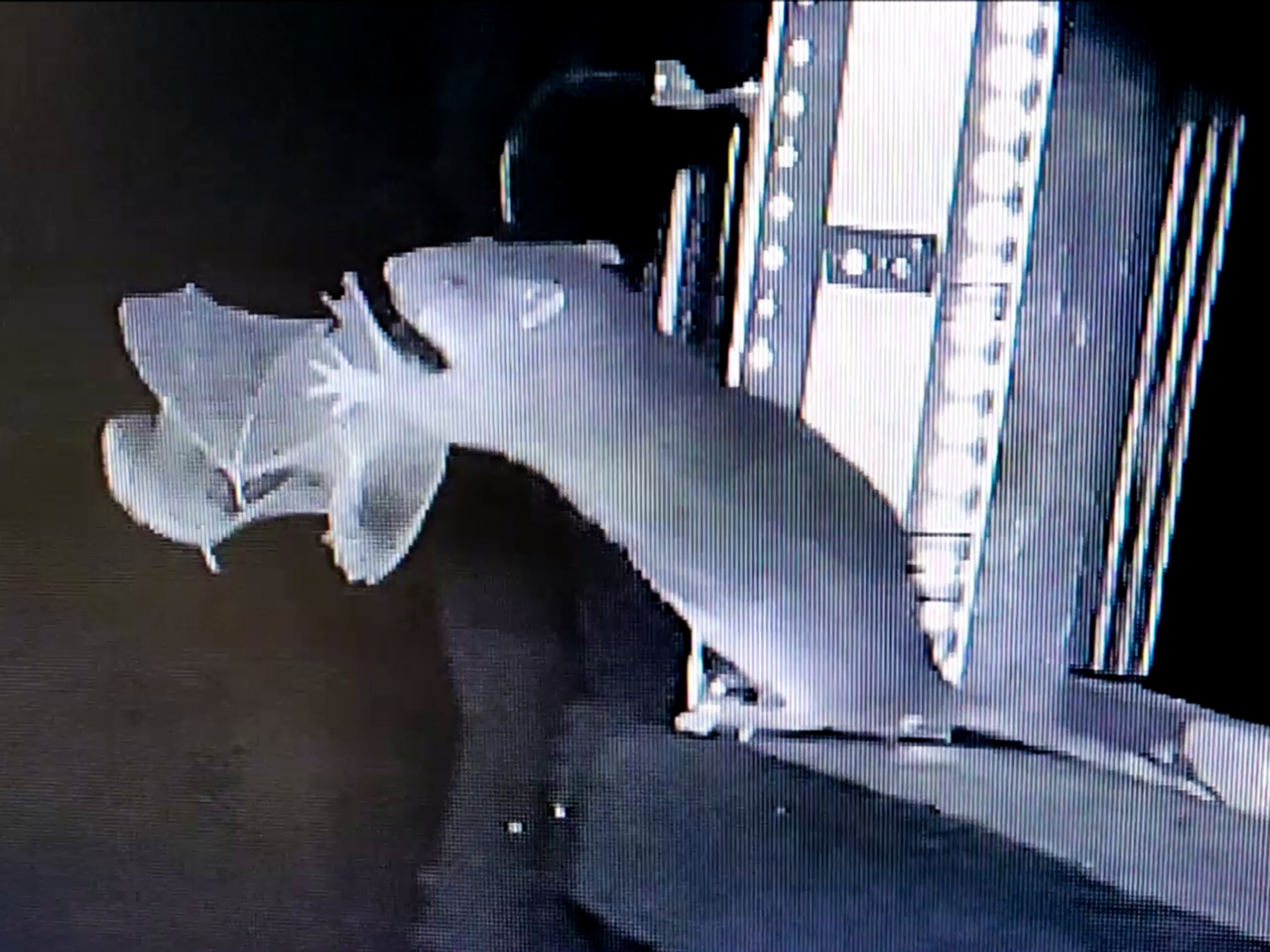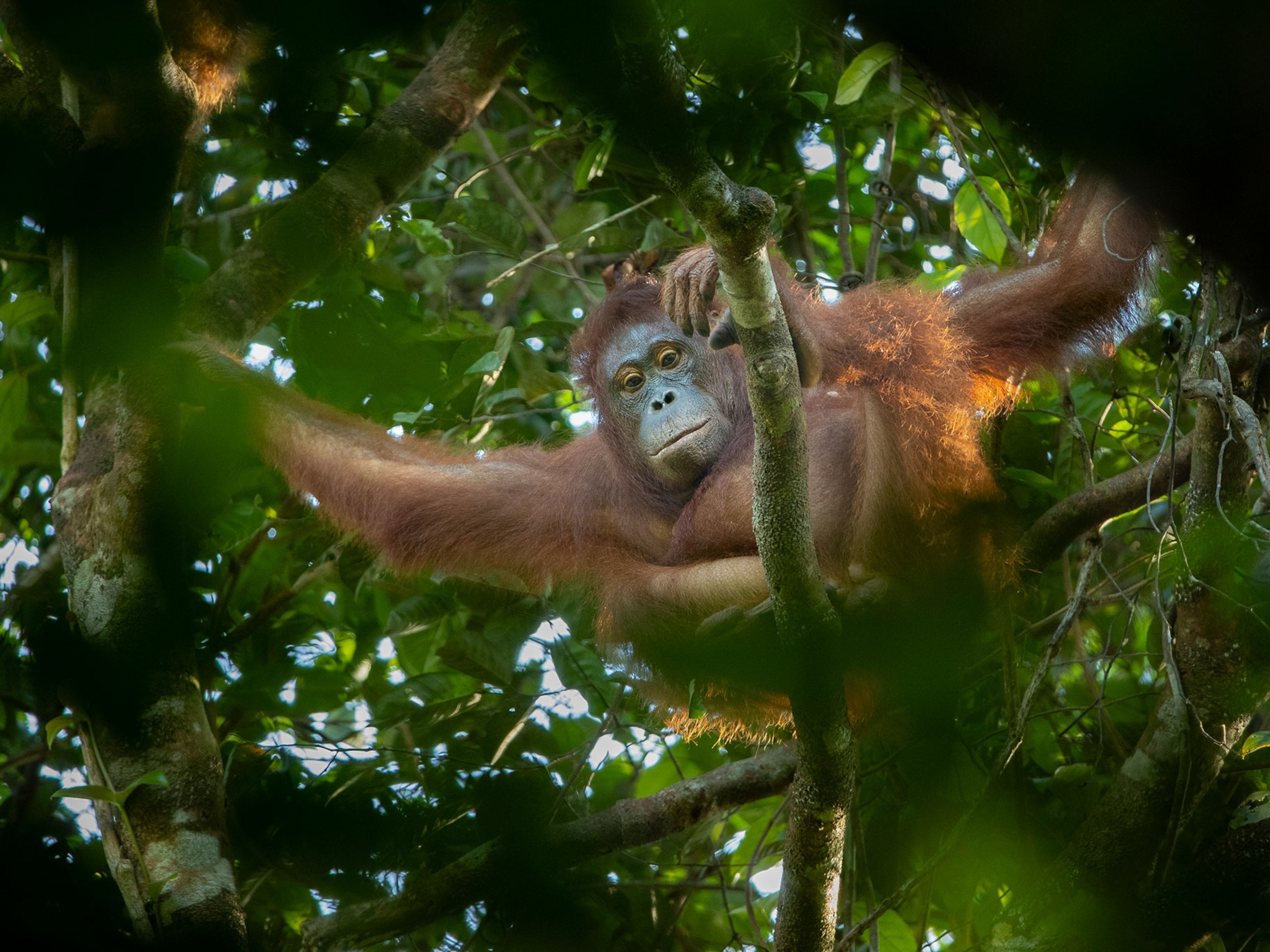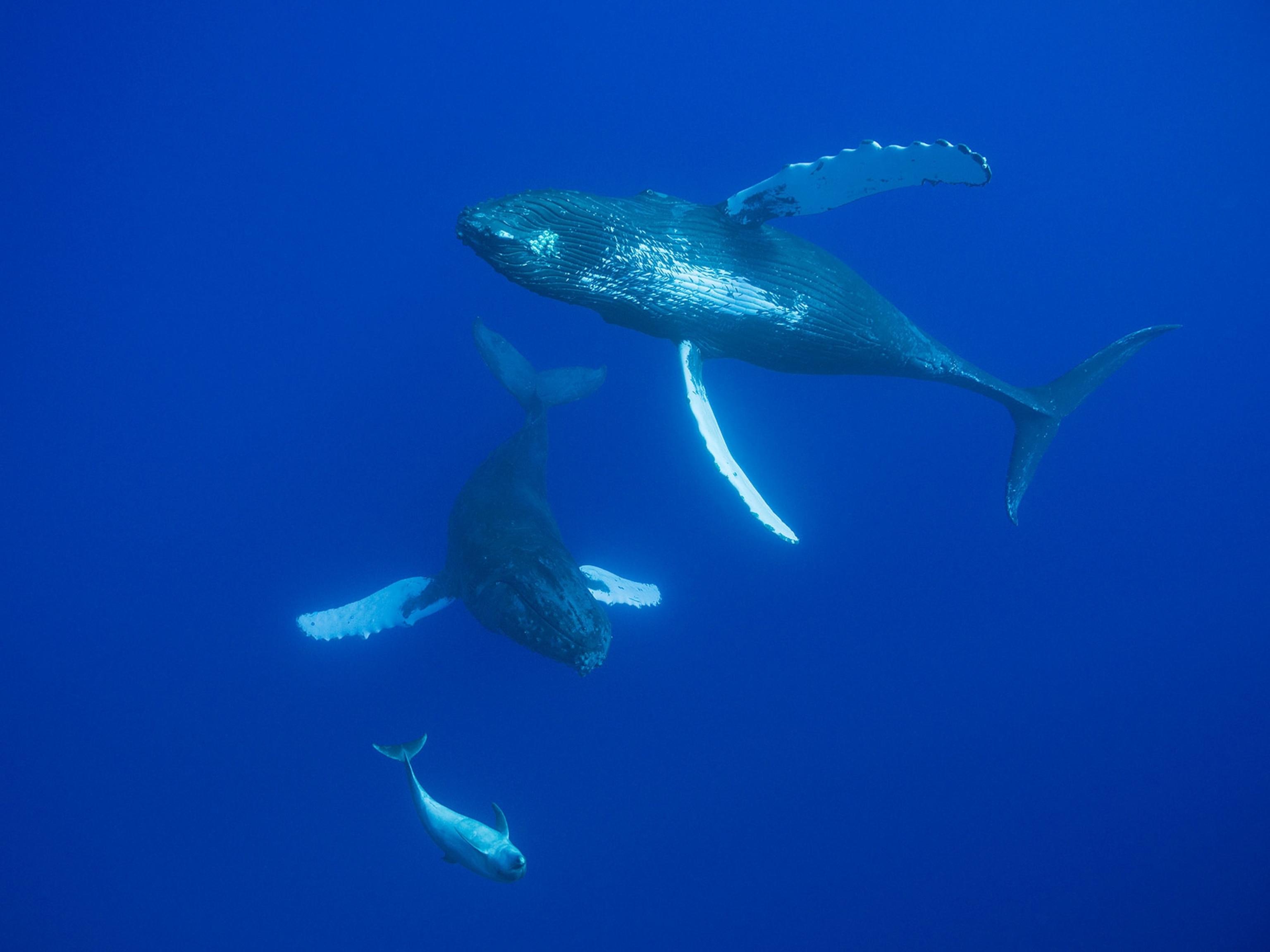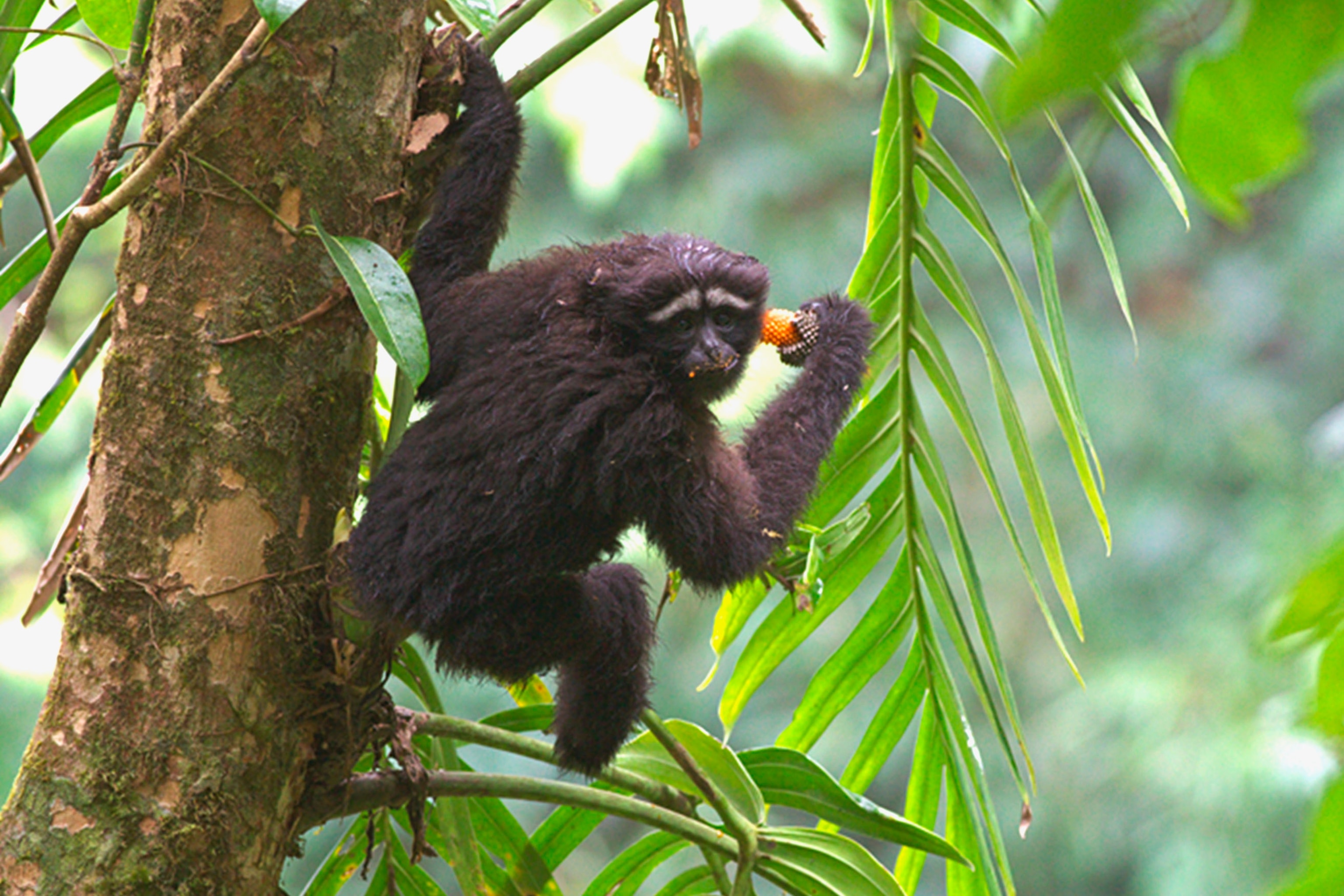
New Species of Primate Is Named After ‘Star Wars’
The Force is strong with the skywalker hoolock gibbon.
Move over, Ewoks—there’s another cute creature swinging through the trees.
Scientists announced the discovery of a new species of primate, the skywalker hoolock gibbon (Hoolock tianxing), in the American Journal of Primatology on Tuesday. The scientists named it skywalker because the Chinese characters for its scientific name translate to “heaven’s movement”—but also because they’re fans of Star Wars, according to the BBC.
Mark Hamill, the actor who stars as Luke Skywalker in the film franchise, has already taken note of the name. On Wednesday, he tweeted: “So proud of this! First the Pez dispenser, then the Underoos & U.S. postage stamp... now this! #GorillaMyDreams #SimianSkywalker #JungleJedi.”
Hoolock gibbons are about 32 inches tall, have no tail, and, depending on the sex, weigh an average of 13 pounds (female) or 15 pounds (male), according to the Wisconsin Primate Research Center Library. The new skywalkers differs from other hoolock gibbons in the color and variation of their eyebrows, genital tufts, and beards.
So if you see gibbons with white or silvery tufts between their legs, those aren’t the gibbons you’re looking for—male skywalkers have brown or black tufts.
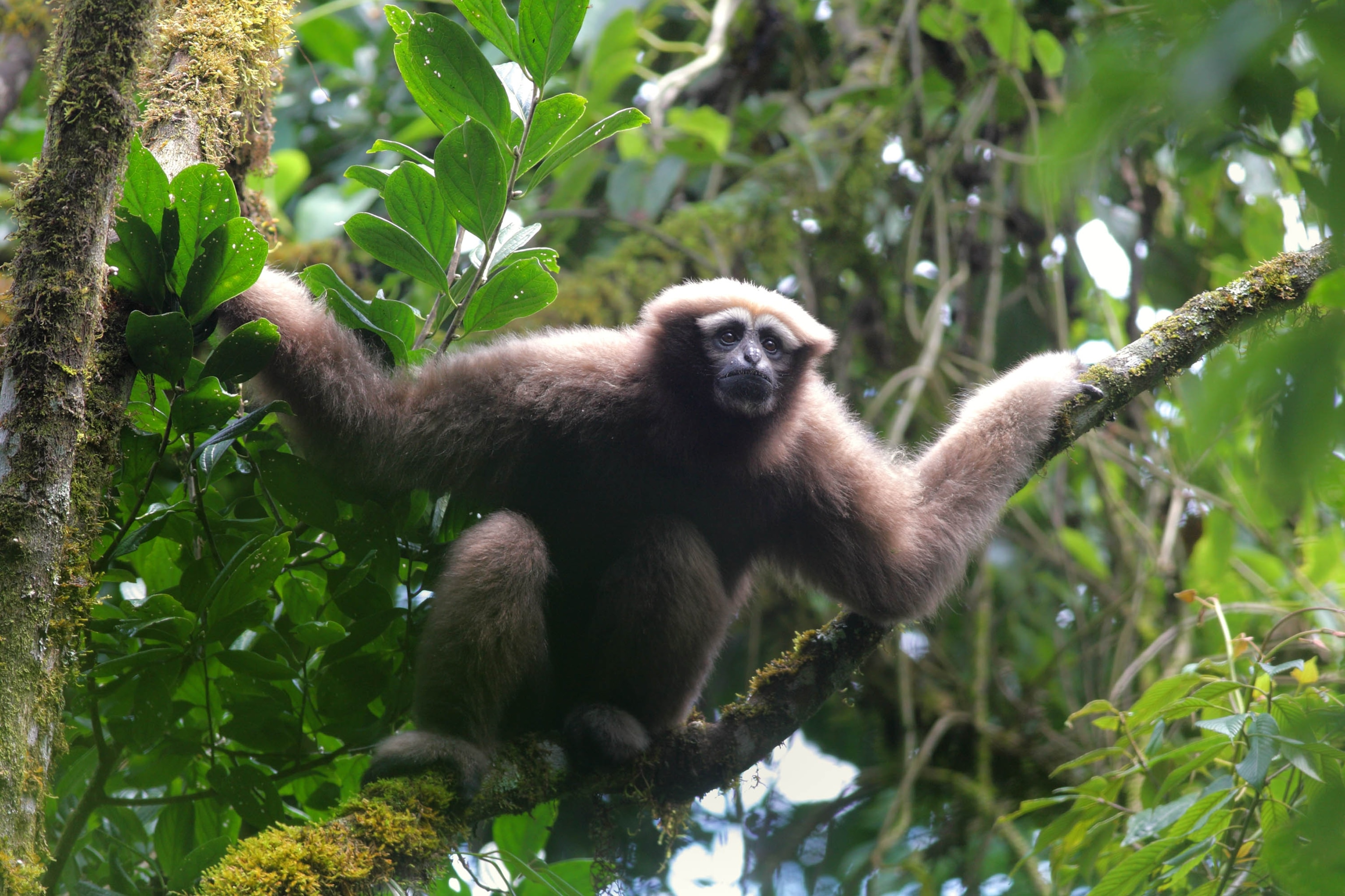
Scientists discovered the skywalker hoolock gibbons in eastern Myanmar and southwestern China. Previously, they were counted among the populations of eastern hoolock gibbons (H. leuconedys), a species that the IUCN Red List has classified as vulnerable.
Because the skywalker hoolock gibbon “represents a new species, its formal conservation status must also be reevaluated,” the scientists write. “It is difficult to evaluate the conservation status of H. tianxing without more robust information on the status of these poorly known populations, but we propose that H. tianxing should probably be assessed as endangered on the IUCN Red List.”
Perhaps scientists hoped that bestowing a pop cultural name on these primates would help them to draw conservation attention. In any case, it seems to have ensured that the Force will be with them.

